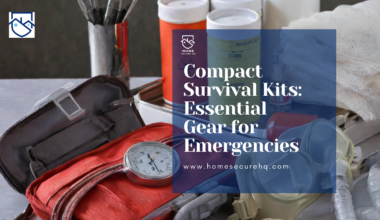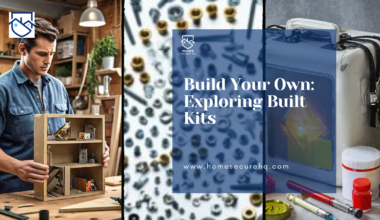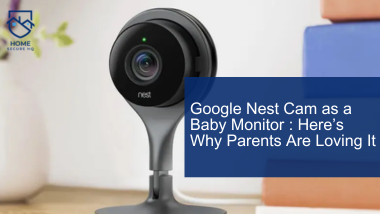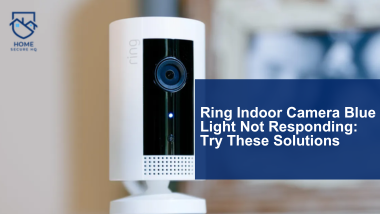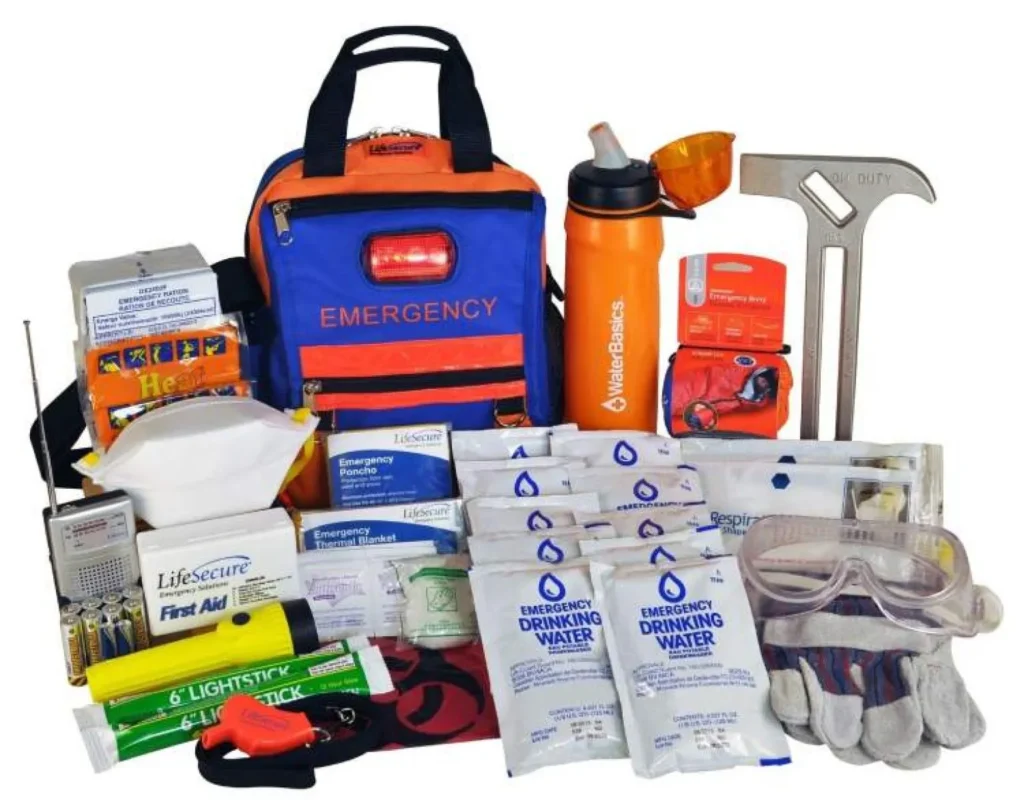
Emergencies can strike without warning, and being caught off guard can put your family at risk.
From power outages to natural disasters or sudden accidents, it’s essential to be over-prepared than under-prepared for the unexpected.
But what exactly should you have on hand when disaster hits?
Here are 7 must-have personal survival kits that every household should prepare to protect your loved ones in any emergency.
In just a few simple steps, you can create personal survival kits that’ll give you peace of mind. Let’s get started!
1. Basic First Aid Personal Survival Kits
In any emergency, your first priority should be your health and well-being.
Accidents happen, like a cut from kitchen knives or a sprained ankle while running errands.
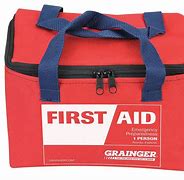
Having a well-stocked first aid kit is essential to treat minor injuries and prevent them from turning into major problems.
A first aid kit is your first line of defense before you can seek medical attention.
What Should Be Inside:
- Adhesive bandages (various sizes)
- Antiseptic wipes or ointments
- Gauze pads and bandage rolls
- Tweezers for splinters or ticks
- Pain relievers (e.g., ibuprofen or aspirin)
- Medical tape
- Thermometer
- Scissors
- Instant cold packs
- A CPR face shield or mask
Where to Keep It:
Store it in a cool, dry place and make sure it’s easily accessible, such as in a kitchen drawer, bathroom cabinet, or a designated emergency area.
Tip: Check your first aid kit regularly to ensure it’s stocked with fresh supplies and replace anything that’s expired.
2. Basic Emergency Food and Water Supply Kit

Where there is a natural disaster or a prolonged power outage, access to food and water may be limited.
A well-prepared emergency food and water kit ensures you have enough resources to sustain yourself and your family until help arrives or services are restored.
What Should Be Inside:
- Non-perishable food (canned goods, freeze-dried meals, energy bars)
- A manual can opener
- Bottled water (at least one gallon per person per day for 3 days)
- Water purification tablets or a portable water filter
- Special dietary food (if applicable)
- A portable stove or camping stove with extra fuel (if possible)
- Plastic plates, cups, and utensils
Where to Keep It:
Store your food and water supply in a cool, dry place, ideally in a location that can be easily accessed by all family members.
Consider putting it in a large, durable container or backpack for easier transportation.
Tip: Rotate the food items in your kit every 6-12 months to ensure that they haven’t expired.
3. Fire Safety Kit
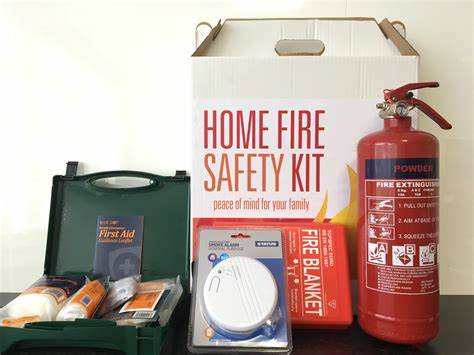
Home fires are one of the most common emergencies that homeowners face.
Having a fire safety kit on hand can help you quickly respond to the situation and prevent further damage.
What Should Be Inside:
- Smoke detectors (and extra batteries)
- Fire extinguishers (make sure to have at least one on each floor)
- Fire blanket (to smother small fires or to protect yourself when escaping)
- Flashlight with extra batteries (for visibility during power outages)
- Emergency whistle (to signal for help)
- Evacuation plan (a clearly mapped route out of your home, including secondary exits)
Where to Keep It:
Place fire extinguishers in easily accessible locations, such as the kitchen and near the garage.
Smoke detectors should be installed in every bedroom, hallway, and on each level of your home.
Tip: Regularly test your smoke detectors and replace the batteries at least twice a year to ensure they’re working.
4. Power Outage Kit
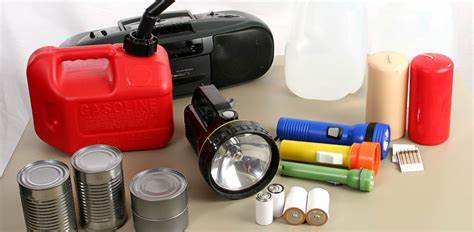
Power outages can be caused by severe weather, accidents, or equipment malfunctions.
With an extended power outage, you may find yourself without light, heat, or the ability to charge your devices.
A power outage kit is essential to stay comfortable and connected in those times.
What Should Be Inside:
- Flashlights and extra batteries
- LED lanterns or solar-powered lights
- Power bank (portable charger) for your devices
- Portable generator (optional, depending on the size of your household)
- Warm clothing and blankets (if necessary)
- A battery-operated radio (to receive updates and emergency alerts)
- Backup power for medical equipment (if applicable)
Where to Keep It:
Store flashlights, batteries, and lanterns in key locations, such as your bedroom or living room.
Keep a portable charger and the battery-operated radio near your main power outlets, so they’re easy to grab during an outage.
Tip: If you live in an area prone to frequent power outages, consider investing in a solar-powered generator as a more sustainable solution.
5. Personal Hygiene Kit
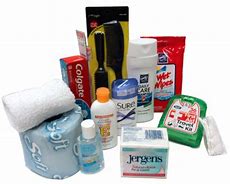
When disaster strikes, you may find yourself without access to basic hygiene facilities for an extended period of time.
A personal hygiene kit ensures that you can stay clean and healthy, even during challenging circumstances.
What Should Be Inside:
- Wet wipes or hand sanitizer
- Toothbrush and toothpaste
- Toilet paper
- Feminine hygiene products (tampons, pads)
- Soap and shampoo (in small, travel-sized bottles)
- Deodorant
- Nail clippers
- Disposable gloves (for handling waste or injuries)
Where to Keep It:
Store your personal hygiene kit in an easy-to-grab location, such as in your bathroom or in a personal emergency bag that can be taken along when evacuating.
Tip: Choose eco-friendly, biodegradable products whenever possible, especially for things like wet wipes and feminine hygiene products.
6. Communication and Navigation Kit
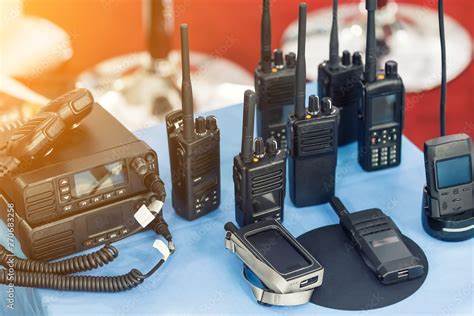
When disasters hit, communication and navigation can become difficult, especially if regular phone lines or GPS services are down.
Having a communication and navigation kit will help you stay in touch with family members, first responders, and navigate your way to safety.
What Should Be Inside:
- Emergency contact list (with phone numbers of family, friends, and local emergency services)
- Two-way radios or walkie-talkies (for communication in areas with no cell signal)
- A whistle (to attract attention)
- A map of your area and the surrounding regions
- Compass (if you need to find your way without GPS)
Where to Keep It:
Keep this kit in your emergency bag or a central, easily accessible location that’s known to everyone in your household.
Tip: Make sure your emergency contact list is up-to-date and includes alternate means of communication in case phones aren’t functional.
7. Self-Defense Kit
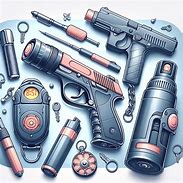
In a home emergency, self-defense tools can be essential for protecting yourself and your loved ones from intruders or dangerous situations.
While it’s important to avoid confrontation, having a self-defense kit ensures you have options when needed.
What Should Be Inside:
- Pepper spray or mace
- Taser or stun gun (if legal in your area)
- A flashlight with a sturdy metal casing (can also be used for self-defense)
- A personal alarm (to signal for help)
- A crowbar or other blunt object (as an improvised weapon, if needed)
Where to Keep It:
Store your self-defense kit in a location that is easy to reach in an emergency, such as by your front door, near your bed, or in a personal bag.
Tip: Be sure to familiarize yourself with the laws surrounding self-defense tools in your area and practice using them responsibly.
Bottom Line: Be Ready for the Unexpected
Emergencies are unpredictable, but being prepared with the right personal survival kits can make all the difference in keeping your family safe and secure.
The 7 must-have personal survival kits listed above will help you respond quickly and effectively when disaster strikes.
Are you prepared for the unexpected?
Review your home emergency plans, stock up on the necessary supplies, and ensure your family knows where everything is stored.
Start building your personal survival kits now to provide your family with the protection they need when it matters most.
Visit Home Secure HQ for expert guidance on emergency preparedness and security solutions.
Don’t wait for a crisis—be proactive in securing your home and loved ones today!

